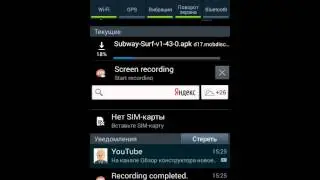PHP If or Switch:
Introduction:
PHP is a popular programming language that has been widely adopted by web developers for creating dynamic web applications. Conditional statements and switch statements are important features of PHP that allow developers to execute code based on specific conditions. In this article, we will discuss the basics of PHP conditional and switch statements and provide examples to illustrate their functionality.
PHP Conditional Statements:
Conditional statements are used in programming to make decisions based on certain conditions. In PHP, there are two types of conditional statements: if statements and if-else statements.
If Statements:
If statements are used to execute code if a condition is true. The syntax for an if statement in PHP is as follows:
Code:
if (condition) {
//code to execute if condition is true
}
The condition can be any expression that returns a Boolean value (true or false). If the condition is true, the code within the curly braces will be executed.
Here is an example of an if statement in PHP:
Code:
?php
$x = 5;
if ($x greater 3) {
echo "The value of x is greater than 3";
}
?
In this example, the if statement checks if the value of $x is greater than 3. Since the condition is true, the code within the curly braces will be executed, and the output will be "The value of x is greater than 3".
If-Else Statements:
If-else statements are used when we want to execute one block of code if the condition is true, and another block of code if the condition is false. The syntax for an if-else statement in PHP is as follows:
Code:
if (condition) {
//code to execute if condition is true
} else {
//code to execute if condition is false
}
Here is an example of an if-else statement in PHP:
Code:
?php
$x = 2;
if ($x greater 3) {
echo "The value of x is greater than 3";
} else {
echo "The value of x is less than or equal to 3";
}
?
In this example, the if-else statement checks if the value of $x is greater than 3. Since the condition is false, the code within the else block will be executed, and the output will be "The value of x is less than or equal to 3".
PHP Switch Statement:
Switch statements are used in programming when we want to execute different blocks of code based on different conditions. The syntax for a switch statement in PHP is as follows:
Code:
switch (expression) {
case value1:
//code to execute if expression matches value1
break;
case value2:
//code to execute if expression matches value2
break;
...
default:
//code to execute if expression doesn't match any case
break;
}
The switch statement evaluates the expression and compares it with each case. If the expression matches a case, the code within that case will be executed. If the expression does not match any case, the code within the default block will be executed.
Here is an example of a switch statement in PHP:
Code:
?php
$x = 2;
switch ($x) {
case 1:
echo "The value of x is 1";
break;
case 2:
echo "The value of x is 2";
break;
case 3:
echo "The value of x is 3";
break;
default:
echo "The value of x is not 1, 2, or 3";
break;
?
For More Please go Through these Links:
https://www.tutorialrepublic.com/php-...
https://www.php.net/manual/en/control...
For Code Please go Through my Github Profile:
https://github.com/Umii010
For any Questions Ask in Comment Box or email it to me:-
Do Like Subscribe and Share with Your Friends Keep Learning and Keep Exploring.







